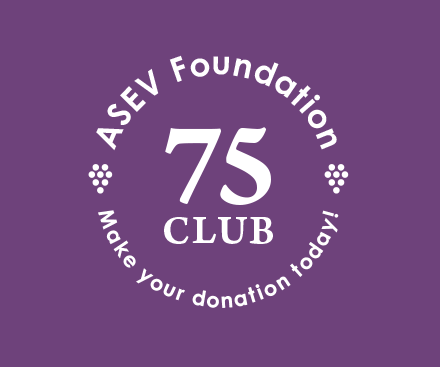Abstract
The phenolic content of red wine is responsible for the color and mouthfeel of the wine. Phenols are extracted from the skins and seeds of the crushed grapes through contact with the juice. Formation of a skin cap at the top of the fermentation decreases this contact, necessitating cap management techniques such as punch-downs or pump-overs. While it is clear that these techniques are necessary for extraction, the kinetics of phenolic release, adsorption, and reaction in this heterogeneous system are not well understood. To better understand these kinetics, pilot-scale (2000 L) Cabernet Sauvignon fermentations were performed in two consecutive harvests (2011 and 2012) using a tank modified with a custom sampling array that allowed sampling of the fermentations at four depths (two in the cap and two in the liquid), with three replicate sampling points at each depth. Chemical gradients were observed for several phenolics, including gallic acid, (+)-catechin, (−)-epicatechin, caftaric acid, malvidin-3-O-glucoside, total anthocyanins, and condensed tannins. Chemical gradients for skin phenolics, such as the anthocyanins, were observed to develop early during fermentation and to diminish as fermentation progressed. Phenolics found primarily within the seed, such as (+)-catechin, exhibited chemical gradients throughout the fermentation. Seed extraction trends were confirmed with phloroglucinolysis. Interestingly, the phenolic gradients were eliminated following a pump-over event, but were re-established during the subsequent few hours and approached a saturation point ~8 hrs after the pump-over for skin phenolics, while saturation behavior was not as pronounced for the seed phenolics.
- Received November 2016.
- Revision received March 2017.
- Accepted April 2017.
- Published online September 2017
- ©2017 by the American Society for Enology and Viticulture
Sign in for ASEV members
ASEV Members, please sign in at ASEV to access the journal online.
Sign in for Institutional and Non-member Subscribers
Log in using your username and password
Pay Per Article - You may access this article (from the computer you are currently using) for 2 day for US$10.00
Regain Access - You can regain access to a recent Pay per Article purchase if your access period has not yet expired.









